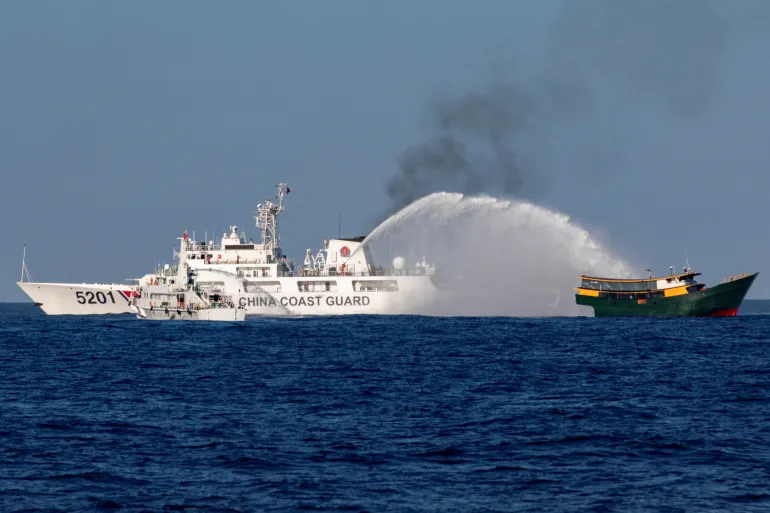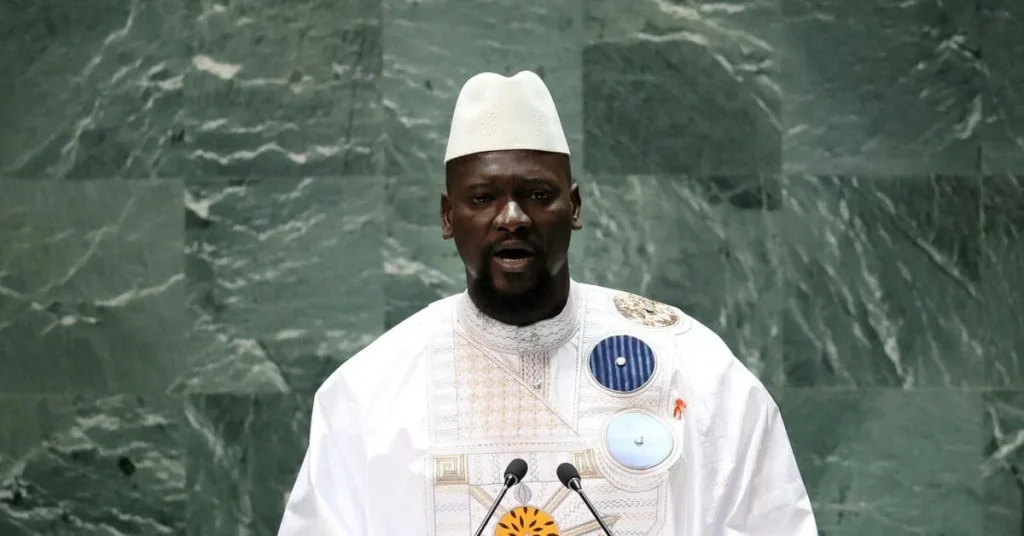On September 11, 2025, the Philippines protested China’s plan to create a nature reserve at Scarborough Shoal, a disputed South China Sea territory.
The Department of Foreign Affairs (DFA) called it “unlawful” and urged Beijing to cancel the plan and respect Manila’s rights over Bajo de Masinloc, the shoal’s Filipino name.
China’s Reserve Plan
On September 10, 2025, China’s State Council approved a national nature reserve at Scarborough Shoal, or Huangyan Island.
The reserve, covering 3,523.67 hectares, aims to protect coral reefs. China claims it promotes biodiversity, but the Philippines sees it as a step toward occupation.
Tensions in Disputed Waters
Scarborough Shoal, 240 km west of the Philippines and 900 km from China, is claimed by multiple nations, including Vietnam and Taiwan.
Recent clashes, like a Chinese navy ship blocking a Philippine vessel last month, have heightened tensions. Key disputes include:
- China’s claim to the shoal.
- Frequent vessel confrontations.
- Philippines’ view of the reserve as a territorial grab.
Philippines’ Legal Stand
The DFA filed a diplomatic protest, citing the 1982 UN Convention on the Law of the Sea and a 2016 ruling against China’s claims.
National Security Adviser Eduardo Año called the plan “illegal,” accusing China of past reef damage through overfishing.
China’s Defense
China’s Foreign Ministry spokesperson Lin Jian defended the reserve, asserting sovereignty over Huangyan Island. He rejected Manila’s protests as “unreasonable” and urged the Philippines to stop provocations.
US Involvement
The US, a Philippine ally, sailed warships near Scarborough last month to challenge China’s claims. It warned of defending the Philippines if attacked, raising regional stakes.
Why It Matters
The Scarborough Shoal dispute fuels South China Sea tensions, affecting maritime rights and stability. The Philippines’ protest highlights its fight to uphold international law against China’s growing influence.
Conservative Activist Charlie Kirk Shot at Utah Valley University






